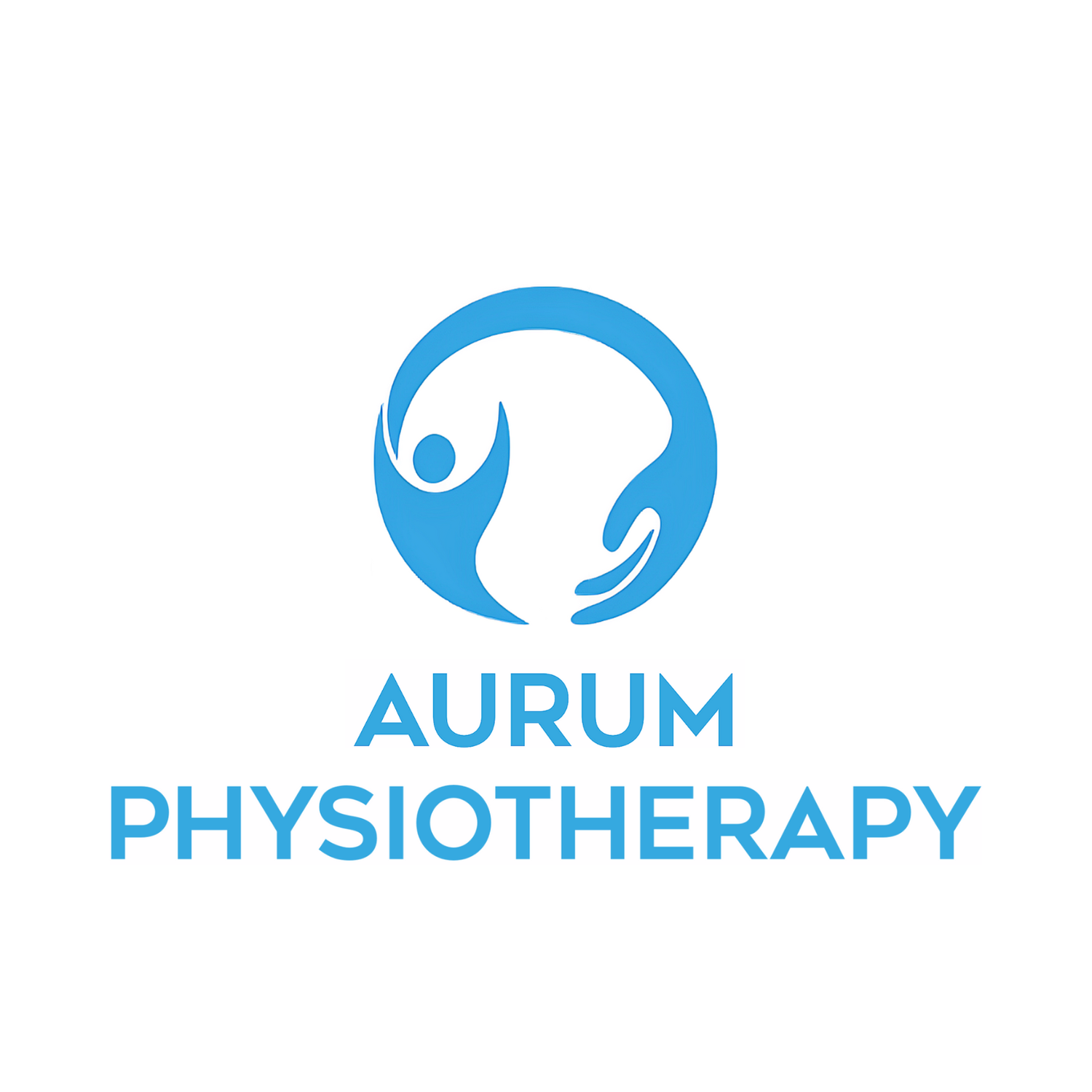Tailored Exercise Prescription
Exercise has emerged as the best treatment modality, especially in light of the latest research.
Recent studies have consistently shown that exercise provides numerous physiological and psychological benefits for individuals with various conditions.
Whether it is managing chronic pain, improving cardiovascular health, or reducing symptoms of anxiety and depression, exercise has proven to be a highly effective intervention.
What sets personalized exercise programs apart is their ability to cater to the unique needs and goals of individuals.
By tailoring exercises specific to an individual's condition, abilities, and preferences, personalized programs maximize adherence and engagement.
This customization enhances the success of the treatment, optimizing outcomes and promoting long-term adherence to exercise regimens.
By recognizing the power of personalization, we can utilize exercise as a potent tool for holistic healing and well-being and get you back to your best self as soon as possible.
If you want a tailored exercise program, book here or contact us on 0402 832 329.
Studies
Singh, B., Olds, T., Curtis, R., Dumuid, D., Virgara, R., Watson, A., ... & Maher, C. (2023). Effectiveness of physical activity interventions for improving depression, anxiety and distress: an overview of systematic reviews. British Journal of Sports Medicine.
Schuch, F. B., Vancampfort, D., Rosenbaum, S., Richards, J., Ward, P. B., & Stubbs, B. (2016). Exercise improves physical and psychological quality of life in people with depression: A meta-analysis including the evaluation of control group response. Psychiatry research, 241, 47-54.
Yang, P. Y., Ho, K. H., Chen, H. C., & Chien, M. Y. (2012). Exercise training improves sleep quality in middle-aged and older adults with sleep problems: a systematic review. Journal of physiotherapy, 58(3), 157-163.
Piao, C. S., Stoica, B. A., Wu, J., Sabirzhanov, B., Zhao, Z., Cabatbat, R., ... & Faden, A. I. (2013). Late exercise reduces neuroinflammation and cognitive dysfunction after traumatic brain injury. Neurobiology of disease, 54, 252-263.
Jacobs, P. L., & Nash, M. S. (2004). Exercise recommendations for individuals with spinal cord injury. Sports medicine, 34, 727-751.
